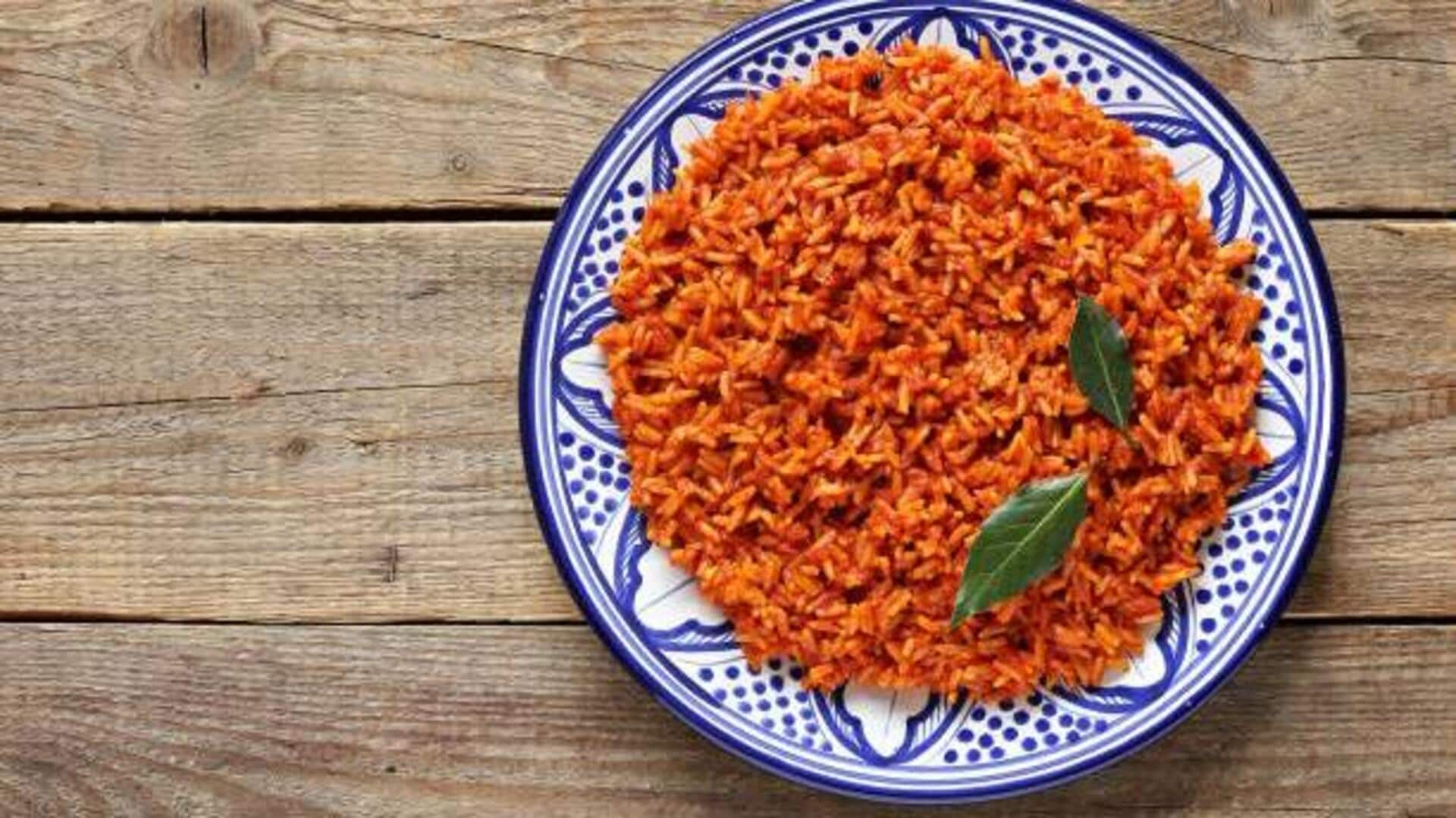
You must try these traditional Tunisian recipes
What's the story
Tunisian cuisine is a delightful blend of flavors and traditions, with its rich history and diverse influences. Among its many offerings, two dishes stand out for their unique taste and cultural significance: chakhchoukha and halwa. These dishes are not just a treat for the taste buds but also a glimpse into Tunisia's culinary heritage. Exploring these dishes gives you an insight into the country's food culture, which is shaped by its geography, history, and traditions.
Dish 1
Chakhchoukha: A traditional delight
Chakhchoukha is a traditional Tunisian dish that consists of flatbread broken into pieces and served with a spicy sauce. The dish is usually topped with vegetables and chickpeas. The bread is usually made from semolina flour, giving it a unique texture. Chakhchoukha is usually prepared during special occasions and gatherings, symbolizing hospitality and community. Its preparation requires patience as the bread must be carefully baked before being broken into pieces.
Dish 2
Halwa: Sweet indulgence
Halwa in Tunisia refers to a range of sweet treats that are made from semolina or flour mixed with sugar, nuts, and spices like cinnamon or rose water. These sweets are often shaped into small cakes or bars. Halwa is usually served during festivals or celebrations such as weddings or religious holidays. Its sweetness balances the savory flavors of other Tunisian dishes.
Dish 3
Cultural significance of chakhchoukha
Chakhchoukha has a deep cultural significance in Tunisia as it represents communal dining experiences where families come together to share meals. It is often prepared in large quantities for gatherings like weddings or family reunions. The act of breaking bread together symbolizes unity among those present at the table.
Dish 4
Halwa's role in Tunisian celebrations
Halwa plays an essential role in Tunisian celebrations by adding sweetness to festive occasions. It represents joyfulness among people celebrating togetherness during special events like Eid al-Fitr after Ramadan fasting ends each year. This dessert brings people closer through shared enjoyment over its delightful taste, making memories that last long after the last bite has been savored.